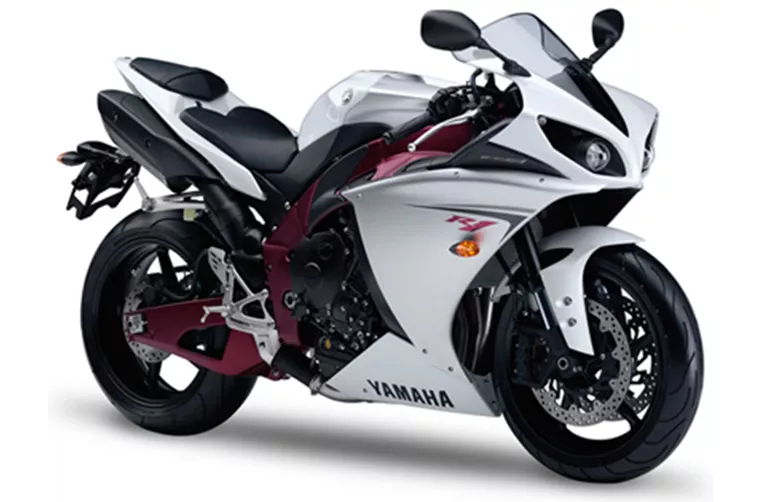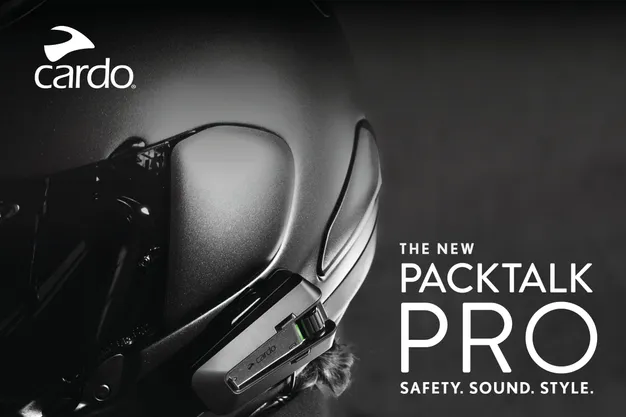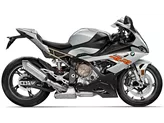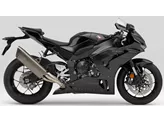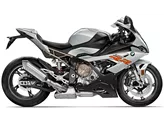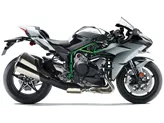Yamaha R1 2009 vs. BMW S 1000 RR 2017

Yamaha R1 2009

BMW S 1000 RR 2017
Overview - Yamaha R1 2009 vs BMW S 1000 RR 2017
The Yamaha R1 model year 2009 and the BMW S 1000 RR model year 2017 are both supersport motorcycles that offer powerful performance and advanced features.
In terms of engine specifications, the Yamaha R1 2009 is equipped with an in-line, 4-cylinder engine with a displacement of 998cc. It produces 182 horsepower and 115.5 Nm of torque. The engine has a bore of 78mm and a stroke of 52.2mm, with a compression ratio of 12.7. On the other hand, the BMW S 1000 RR 2017 also features an in-line, 4-cylinder engine with a displacement of 999cc. It delivers a higher power output of 199 horsepower and 113 Nm of torque. The engine has a bore of 80mm and a stroke of 49.7mm, with a compression ratio of 13.

Yamaha R1 2009
Both motorcycles have a similar suspension setup, with a telescopic fork at the front and a swing arm at the rear. The Yamaha R1 2009 features a Deltabox aluminum frame, while the BMW S 1000 RR 2017 has a Twin Tube aluminum frame. Both bikes have double disk brakes at the front and 17-inch wheels with the same tire diameter.
In terms of dimensions and weights, the BMW S 1000 RR 2017 has a slightly longer wheelbase of 1438mm compared to the Yamaha R1 2009's 1415mm. The seat height of the BMW is also lower at 815mm, while the Yamaha has a seat height of 835mm. The fuel tank capacity of the Yamaha R1 is slightly larger at 18 liters compared to the BMW's 17.5 liters.
When it comes to strengths, the Yamaha R1 2009 is praised for its sophisticated sound, good power delivery, easy handling, and high level of workmanship. It also offers hydraulic spring preload, which enhances the suspension performance. On the other hand, the BMW S 1000 RR 2017 is praised for its complete electronic equipment, strong and controllable engine, comfortable seating position, and good chassis performance on both the road and track.

BMW S 1000 RR 2017
In terms of weaknesses, the Yamaha R1 2009 is criticized for its suboptimal seating position and difficulty in cornering over long distances. On the other hand, the BMW S 1000 RR 2017 is noted for brake fade on the racetrack under high load, ride quality that may not be suitable for racing, and a somewhat greyed-out appearance despite its up-to-date technology.
In conclusion, both the Yamaha R1 2009 and the BMW S 1000 RR 2017 are powerful and capable supersport motorcycles. The Yamaha offers a good power delivery and easy handling, while the BMW provides a strong engine and comfortable seating position. However, each bike has its own weaknesses, such as suboptimal seating position for the Yamaha and brake fade on the BMW. Ultimately, the choice between the two would depend on the rider's preferences and priorities.
Technical Specifications Yamaha R1 2009 compared to BMW S 1000 RR 2017
Pros and Cons in comparison
Pros and Cons in comparison
Yamaha R1 2009
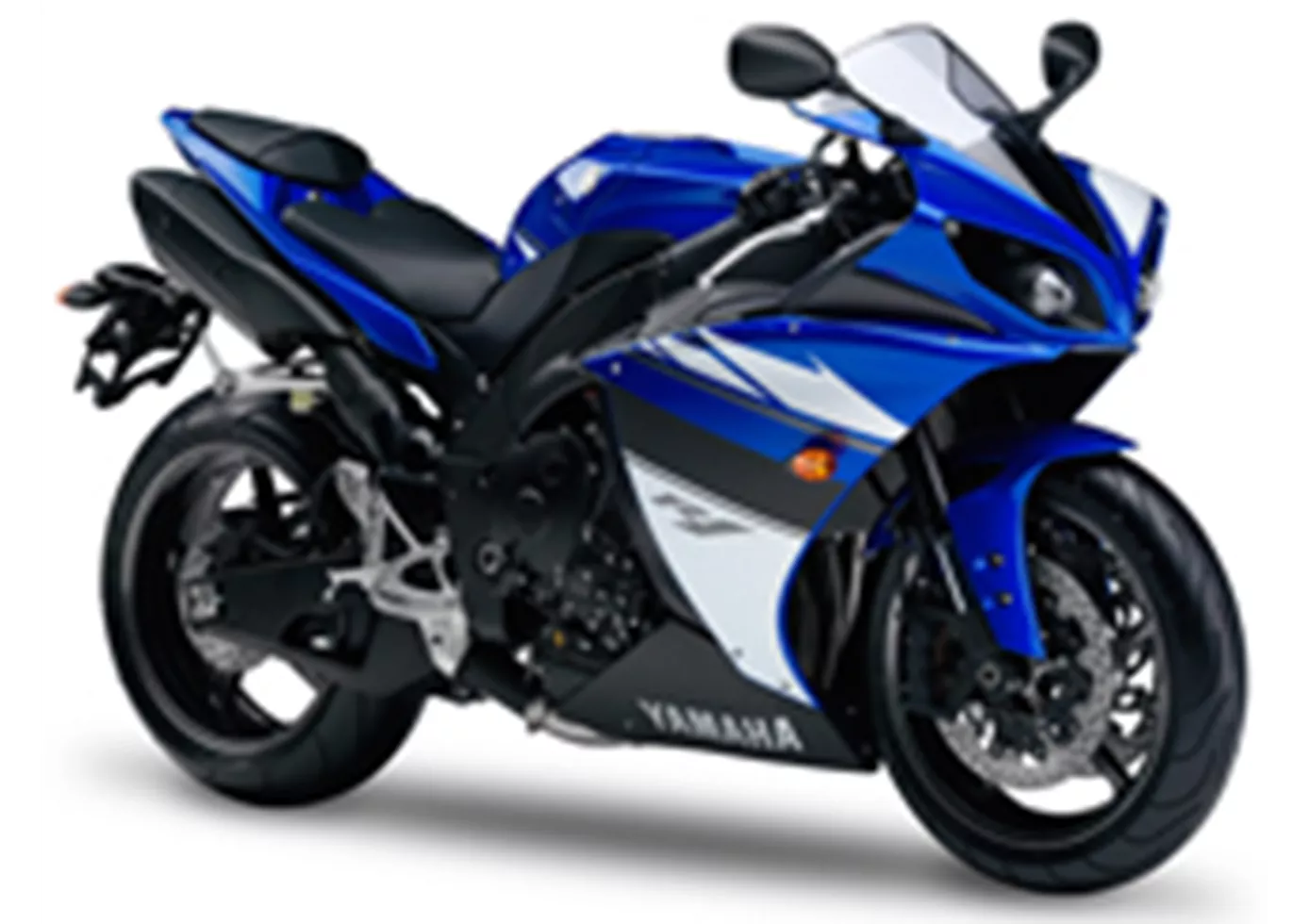
Of course, the new R1 engine also passed all the tough Yamaha stress tests and comes with the same guarantees as other Yamaha motorbikes. Because until now, it was precisely the issues of durability and reliability that prevented series production of such an engine.
BMW S 1000 RR 2017

The well-balanced universal talent will also be at the forefront of many comparison tests in 2017. It still scores with the outstanding engine and the universal and complete equipment.
Price Comparison Avarage Market Price Yamaha R1 vs BMW S 1000 RR
There are a few key differences between a Yamaha R1 2009 and a BMW S 1000 RR 2017. It takes less time to sell a Yamaha R1 with 45 days compared to 96 days for a BMW S 1000 RR. Since model year 2005 1000PS.de editors have written 80 reviews for the Yamaha R1 and 135 reviews for the BMW S 1000 RR since model year 2010. The first review for the Yamaha R1 was published on 28/04/2003 and now has more than 3,900 views. This compares to more than 4,000 views for the first review on BMW S 1000 RR published on 16/04/2008.
